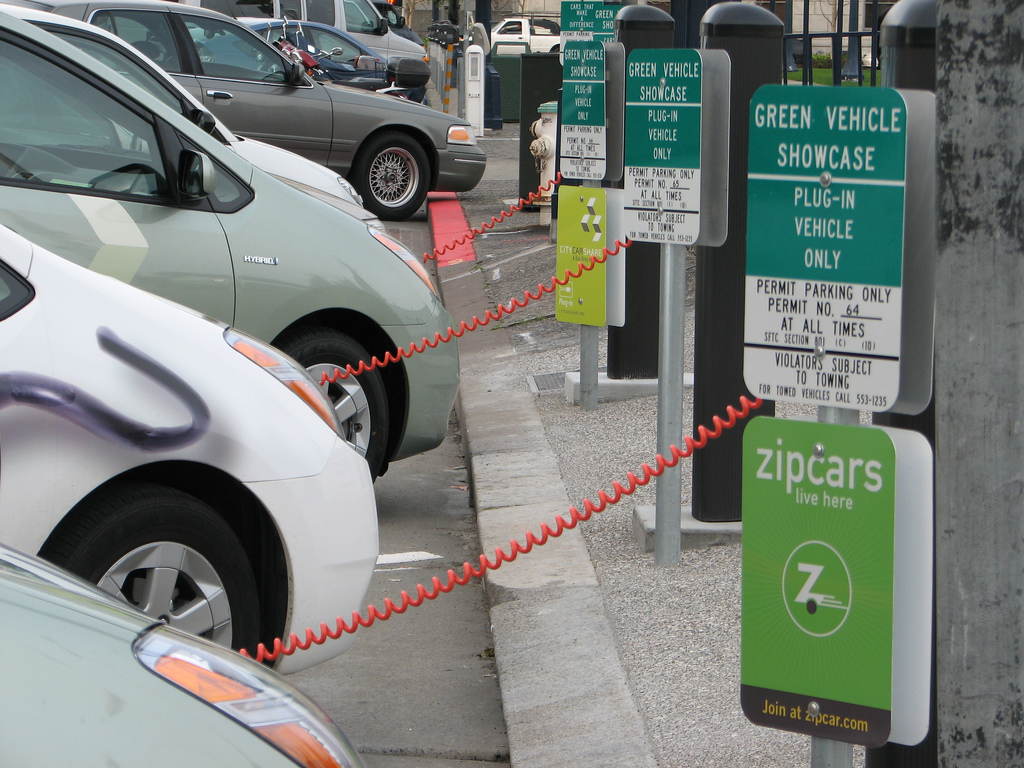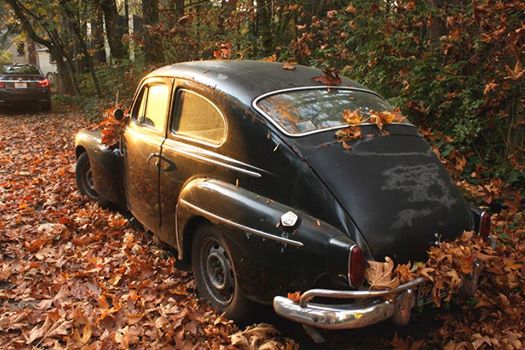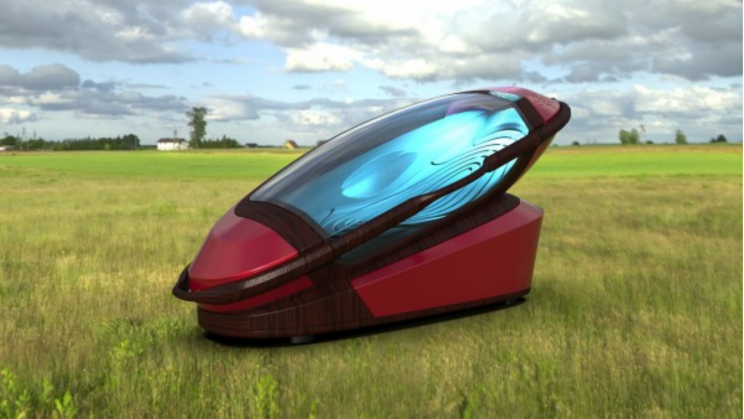I grew up in the suburbs, where having a car was a necessity; where automobiles are sometimes more important to their owners than family. After cutting my teeth on Manhattan for five years in the mid 1980’s and Tokyo for eight years in the 1990’s, I was hooked on urbanity and all it has to offer, in spite of the obvious shortcomings. When we moved to Boston in the early 2000’s, I opted for yet another Volvo, keeping the tradition alive I’d started back on Martha’s Vineyard in the early 1980’s, while on hiatus from college, with a 1959 Volvo Sedan PV544.(see photo)
In Boston, I enjoyed the convenience of having the cherished Volvo, in one of its most densely populated areas, but soon found myself driving around in circles trying to locate resident parking spaces, not always successfully. This led to expensive tickets and eventually to settling on a nearby parking garage at $350 a month.
Enter Smart Young Entrepreneurs
Thanks to some smart young entrepreneurs and good technology, my nightmare ended with a realization that “Zipcars” were popping up all over the North End like spring flowers in early May: beautiful, fragrant and plentiful. As I was working from home, I never needed the car anyway; perhaps the Volvo was my last vestige of selfish egotistical consumerism. With Zipcar available, I had an attractive alternative and have never looked back.
With more than 80 fuel efficient and low emission cars within 10 minutes walking distance of my home, I’m able to rent by the hour, virtually whenever I need to, usually without having to plan ahead. Brands include Audi, BMW, Cadillac, Chevrolet, Chyrysler, Dodge, MINI Cooper and Toyota and include sports cars, ultra-compacts, mini-vans, executive luxury, converitlbes, hybrids, pickup trucks, vans and SUVs.
I feel like Jay Leno or Ralph Loren, two inveterate car hoarders, but without requiring the pockets they have. Eighty cars that are mine all mine. Zipcar drivers are a new version of Jay Gatsby; every bit as neurotic and self indulgent no doubt, but a bit greener and gentler.
Zipcar Technology: On, In & Under The Hood
Zipcars are fitted with RFID transponders in the upper corner of the windshield on the drivers side; entry is achieved by swiping a Zipcard over it. The card locks and unlocks the vehicle, recording hours of usage, mileage and communicating via wireless data link to a satellite overhead.
I have driven most of these cars at one time or another and have done so without ever needing to pay for gas, although it is our obligation to fill up the car when it has reached a quarter tank or less of gas . This is done using a Zipcard “credit card” conveniently pocketed in the visor. I have also not shouldered the added expense of insurance and parking garage as these are also covered by Zipcar.
One User’s Experience With Zipcar Over A Decade
The worst part about Zipcar is the difficulty in quickly acclimating yourself to how each car is set up. Where is the key? (All keys are kept on chains inside the car.) Where does the key plug in? (Not all cars are the same.) Where are the radio on and off and volume buttons? (Try getting into a car where the previous owner has left the radio blaring!) Where are the levers to move seats forward and back, or to adjust the angle of the backrest? Is the level of gas actually at a quarter tank or less; this is a pretty subjective determination and you could get penalized if you get this wrong. I always take a picture with my smartphone in case Zipcar gets it wrong, but they haven’t yet.
We’ve used Zipcars hundreds of times to drop off and pick up children, make runs to the supermarket, get out along the east coast of Massachusetts to run-up to Gloucester or down to Cape Cod. In all our time we’ve only had two mishaps: a flat tire after hitting a piece of metal driving up Storrow Drive in Boston and a dead battery at the Brimfield Antique Show because I left the lights on.
The former “disaster” put us in front of Boston Latin School where a kind music teacher helped us figure out how to “kick off” the old tire after we had removed the lug bolts. We quickly attached the new skinny temporary tire and were on our way in minutes. The Antique Festival incident required calling a Zipcar representative who quickly dispatched a local mechanic to jumpstart our battery; again, all paid for by Zipcar.
Where The Idea For Zipcar Came From
The idea for Zipcar was based on German and Swiss companies that provide a similar service and was launched in June 2000 in Boston, Massachusetts. By 2005, Zipcar had raised $10 million and began expanding nationwide, opening offices in San Francisco, Toronto, Los Angeles, San Diego and other major cities.
By 2013, Zipcar had more than 800,000 members and 10,000 vehicles available for service throughout the United States, making it one of the world’s largest car rental networks. Inevitably, the company was purchased for $500 million by a behemoth, Avis Budget Group, who has since put their heavy handed corporate signature on the company, while improving it in some areas as well.
Related aricles on IndustryTap:
- Ford’s Dearborn Truck Plant Is Changing the Automobile Industry One Aluminum F-150 at a Time
- Live Video Will Soon Replace Face-To-Face Meetings
- Applied, Technical and Industrial Metrology: UK’s Solartron
References and related content:







